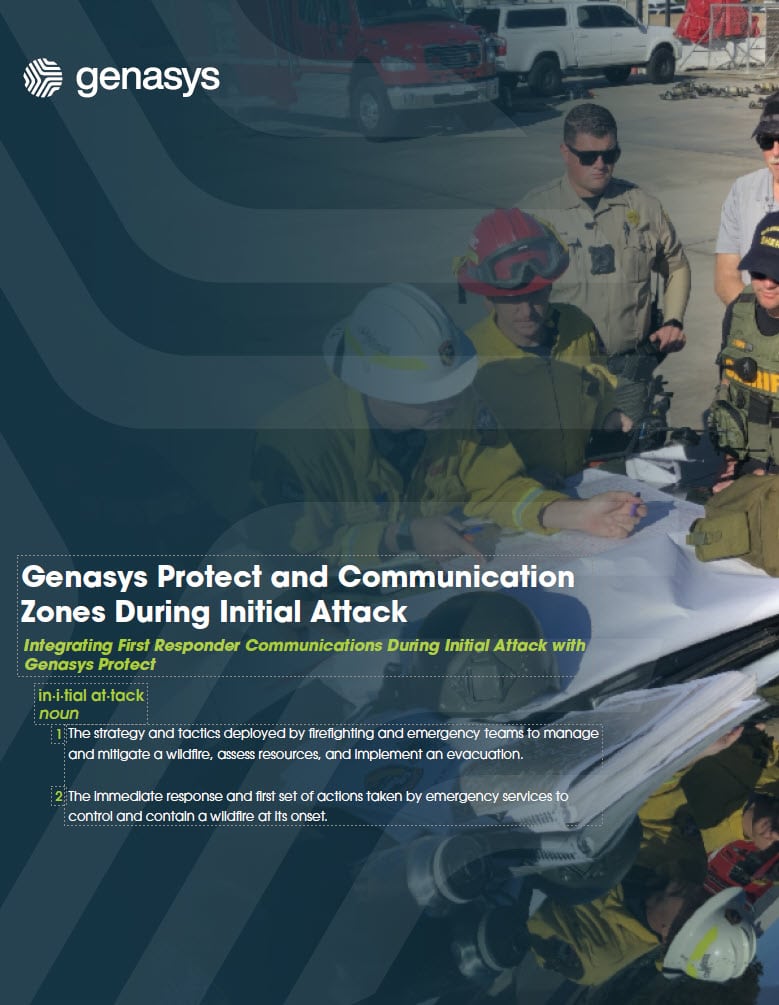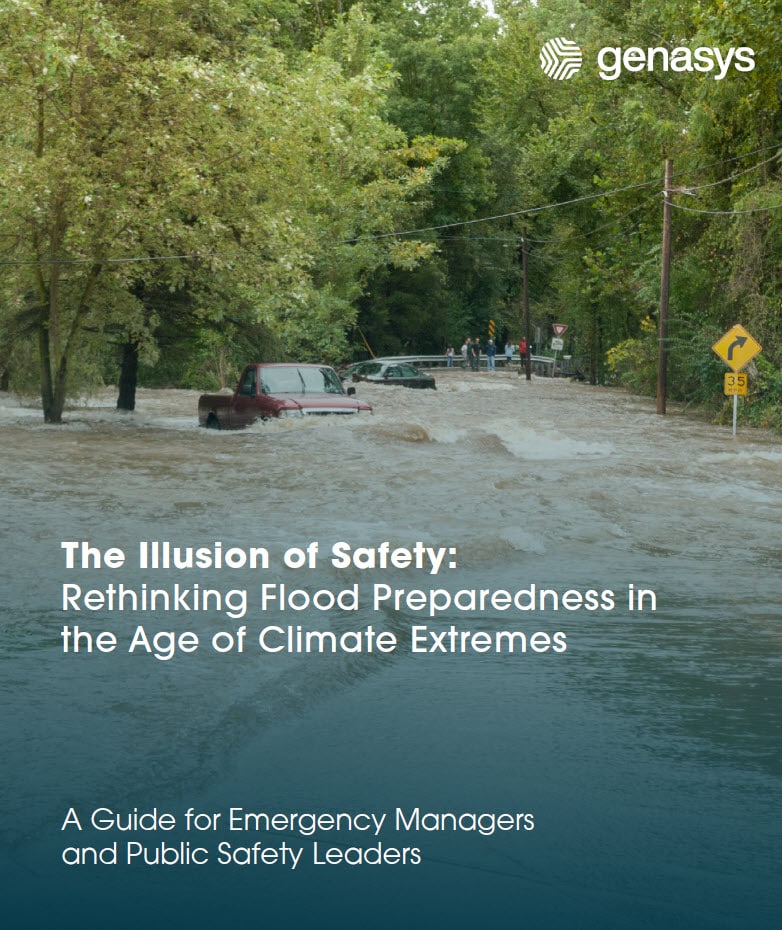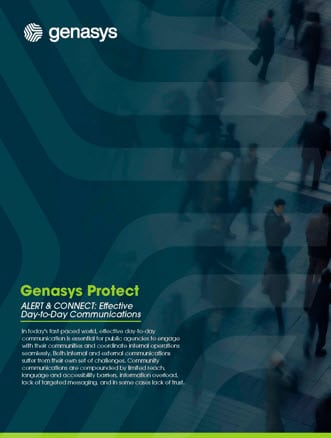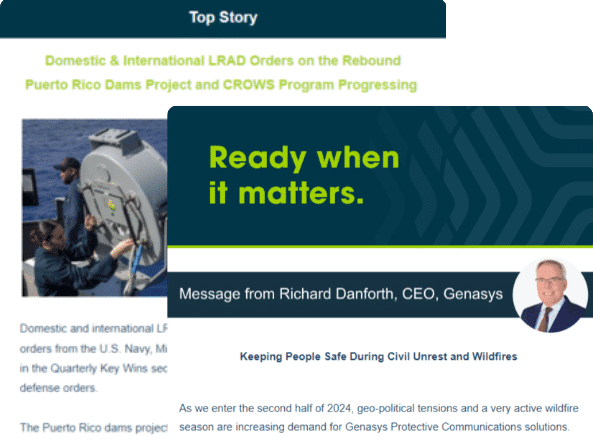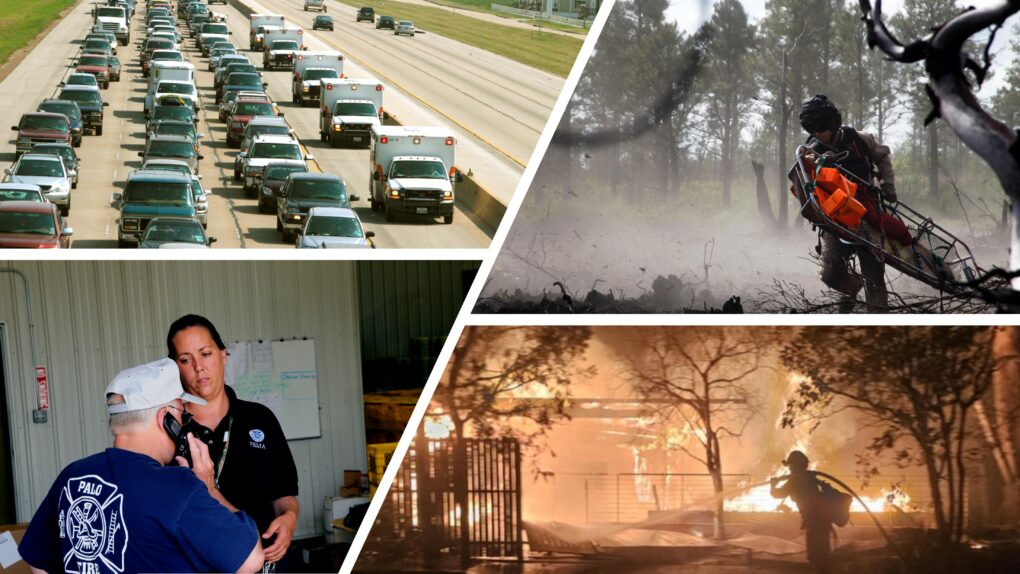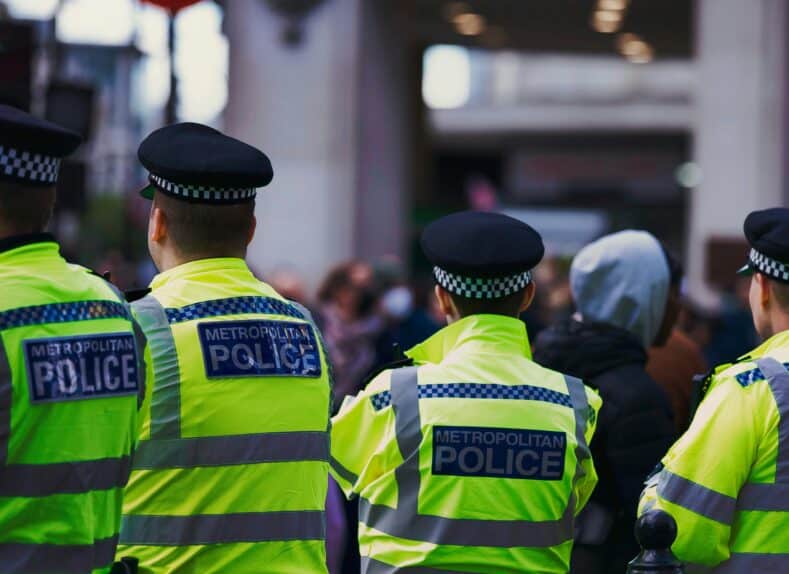By Jeff Halstead, (Retired / 37-year police veteran), Chief of Police, Fort Worth, TX
On 1 November 2025, a routine train ride between Doncaster and London turned into a nightmare. A man armed with a large knife moved through the carriages, stabbing passengers and leaving nine people with life-threatening injuries before he was stopped. For officers across the UK, incidents like this Cambridgeshire train attack are a stark reminder that knife enabled mass assaults aren’t confined to headlines about other countries, they’re happening in their own communities.
As someone who spent more than three decades in American law enforcement, including years in senior command roles, I’ve seen how fast violence evolves. The U.S. fights a constant battle with gun crime, but the underlying lessons apply here.
Knives are everyday tools, cheap and easy to conceal. That’s why legislation alone can’t solve this problem. Government statistics show there were around 53,000 offences involving sharp instruments in England and Wales in the year ending March 2025. Sharp instruments were used in 262 of the 570 homicides recorded in 2023/24, and charities warn that police recorded knife crime rose 4 % in 2024. Those numbers represent real people, including 57 victims under 25.
So, what can you do as law enforcement leaders? Below are lessons I’ve learned from decades of policing and from working with agencies across the U.S. and UK. They’re designed to help UK police prepare for, respond to, and hopefully prevent mass stabbing incidents. I’ve also included additional resources that you can share with your teams, partner agencies, and even the public.
1 – Get ahead of the threat with joint intelligence
Before most attacks, there are always early signs, online disputes, escalating tensions, or individuals showing increased risk. Youth workers and charities across the UK consistently warn that knives are tied to status, retaliation, and quick money, and social media can accelerate those dynamics after a high-profile incident. Work closely with your force’s intelligence unit, CTP, the NCA and local councils to identify high-risk individuals and locations and monitor open-source channels for chatter around gangs, organized theft groups or planned violence. When you see tensions rising, around protests, nightlife, or specific neighbourhoods, don’t wait for the callout; start coordinating early and sharing intelligence across agencies.
2 – Understand how criminals evolve, and adapt your response
Crime trends never stay static. When laws, policing tactics or social conditions shift, offenders adapt quickly, sometimes faster than agencies can respond. We saw this not long ago in the U.S. after Proposition 47 increased organized theft rings. We’re already seeing that in the UK: coordinated group assaults in city centre’s, offenders using scooters to commit multiple stabbings before fleeing, and attackers exploiting crowded spaces where response times are stretched.
The key is recognizing that these shifts rarely happen out of nowhere. Monitor how offenders in your area communicate, move, and choose their victims. Bring together multi-agency partners (police, transport police, CCTV operators, local wardens) so everyone sees the same early warning signs and can adapt in real time. The faster you identify the pattern, the faster you disrupt it.
3 – Train for close quarters, multilocation attacks
Mass stabbings tend to unfold in tight, crowded spaces: train carriages, nightclubs, bus queues, or narrow city streets. Attackers move quickly between victims, and officers must make split-second decisions in environments with limited visibility and restricted movement. Every officer should be trained in how to navigate cramped compartments, busy platforms and confined corridors while searching for a suspect.
Incorporate “Run, Hide, Tell” principles into your tactical scenarios, and pair firearms officers with medics in a Rescue Task Force model so victims receive treatment while nearby areas are secured. Exercises should also include the possibility of a fast-moving offender shifting locations or using the crowd to mask their movements, something we’ve already seen in several recent UK incidents.
4 – Build redundant, interoperable communications
When violence unfolds, communication becomes your most powerful weapon. I used to ask recruits which tool on my gun belt was the most important. They would always say the firearm. I’d point to my radio. Today, that “radio” is often a smartphone.
After responding to countless incidents where comms failures cost us precious time, I realized what we had available wasn’t cutting it; we needed a tool designed by and for law enforcement. That’s why I created Evertel, a secure, cloud-based platform that lets officers and partners share real-time updates across agencies while keeping communications CJIS/FOIA/HIPAA compliant. Instead of bouncing between texts, emails and radios, you can post a suspect description, CCTV still or witness statement into a shared room where patrol units, transport police and investigators all see it instantly. Evertel automatically retains these records for later reporting and evidence requirements, and its guest-collaboration feature lets you loop in rail staff or hospital administrators without exposing sensitive data. Whether you’re chasing a knifeman on a train, searching for a missing child or coordinating with prosecutors, the right communication tool is the difference between reacting and responding.
Additional resources for UK Police
Beyond the tactical advice, I wanted to share a few other useful resources:
- Police Career Survival – My top 5 lessons for new officers on resilience, support networks and coping with the emotional impact of policing.
- Tackling Violent Crime: College of Policing Guidance – A heavier read, but it provides practical, evidence-based advice on de-escalation, communication and conflict management you can share with frontline teams.
- Staying Safe Amid the UK’s Knife-Crime Rise – A public-facing guide you can share with families or community groups to help them stay alert and avoid danger.
- Officer Well-Being: Oscar Kilo – Your National Police Wellbeing Service offers free toolkits, trauma support and resilience resources for officers and staff.
5 – Coordinate with hospitals, transport hubs and community partners
Mass stabbing incidents quickly overwhelm first responders. Don’t wait for the day of the event to meet your ambulance service or hospital administrators. Plan joint exercises that test hospital surge capacity and offline patient record procedures. In urban areas, coordinate with transport police and rail operators to understand platform layouts and predesignate casualty clearing points. These sorts of joint exercises and responses are why Evertel features guest collaboration which can create secure channels with private security, rail staff, and CCTV operators; this allows you to share real-time updates and coordinate evacuations. Remember the Cambridgeshire train attack triggered the UK’s “Plato” marauding terrorist attack protocol, involving police, rail staff and ambulance services. Regular cross agency drills make sure everyone knows their role when it counts.
6 – Control the narrative and keep the public informed
During a major incident, misinformation can move faster than officers on the ground. Clear, timely communication is essential for maintaining public trust, managing crowds and keeping people out of harm’s way. Use short, frequent updates to shut down rumours and direct the public to safety.
Tools like LRAD help officers deliver loud, intelligible instructions in chaotic environments without escalating force, and multi-channel alerts, text, app notifications and official social feeds, ensure people outside the immediate area stay away and do not clog evacuation routes.
Final thoughts: The tools are here – use them
Knife violence in the UK is a complex, evolving threat. We cannot eliminate knives from society or legislate away evil. But we can prepare. Secure, real-time communication is as essential as body armour. Multiagency collaboration and community partnerships are as vital as firearms training. And yes, technology like Evertel and Genasys Protect can feel like a luxury until the moment you need it, when it becomes your lifeline. As you plan for the next major incident, ask yourself: if a marauding attacker struck your jurisdiction tomorrow, could you communicate instantly with every officer and partner? Could you isolate the threat, protect the public and control the narrative? If the answer is “not yet,” then now is the time to act.
Mass stabbings may be unpredictable, but our preparation doesn’t have to be. By investing in intelligence, training, redundant communications, community partnerships and clear public messaging, UK police can dramatically reduce response times and save lives. Stay vigilant, stay connected, and be ready when it matters.
Contact Genasys to learn more about Evertel or schedule a demo and see how it will enhance your precinct’s effectiveness firsthand.




